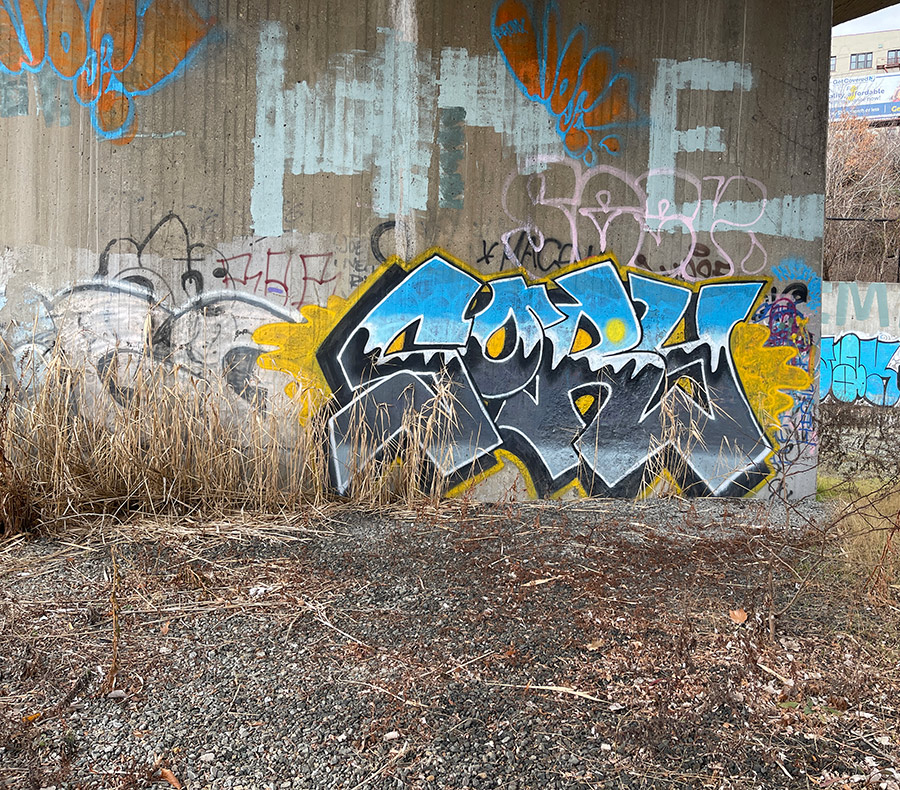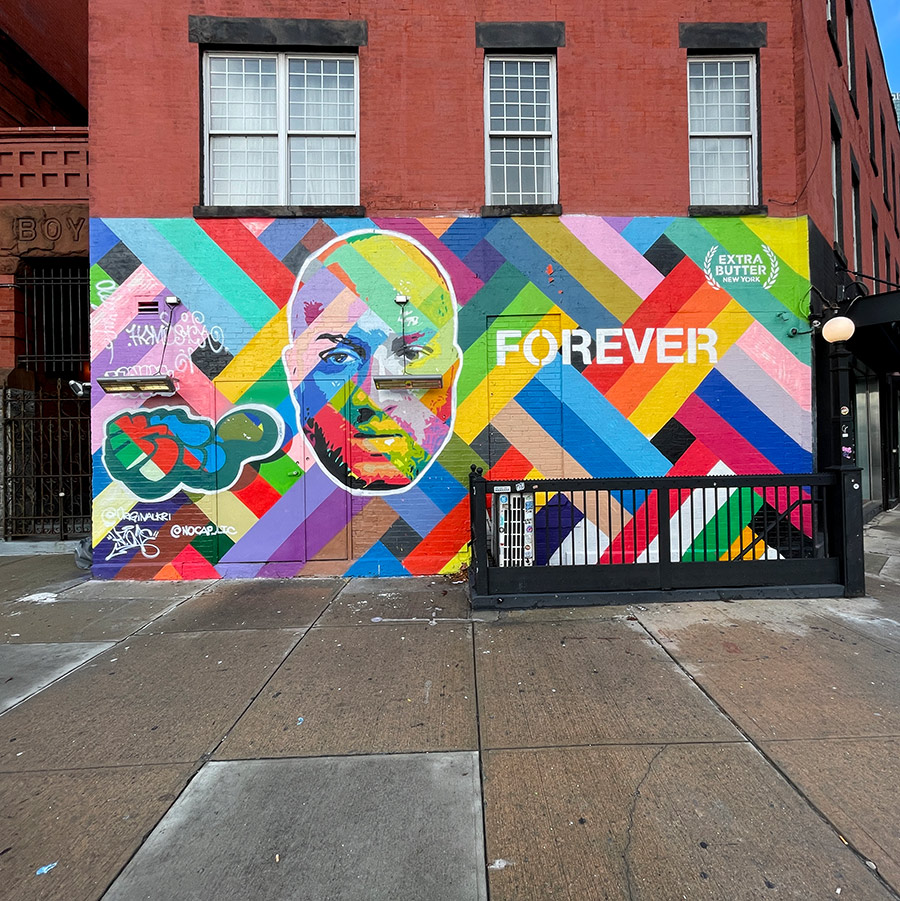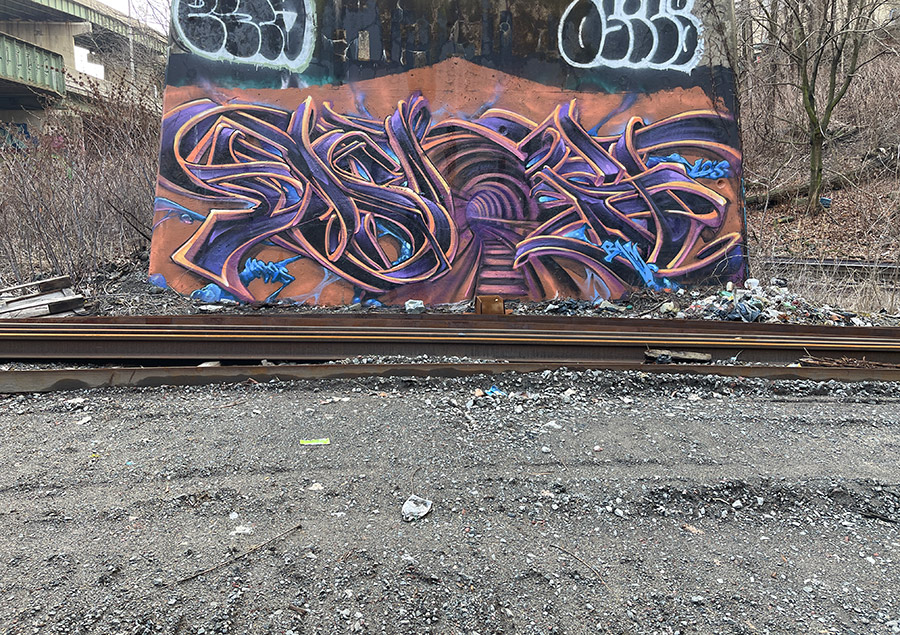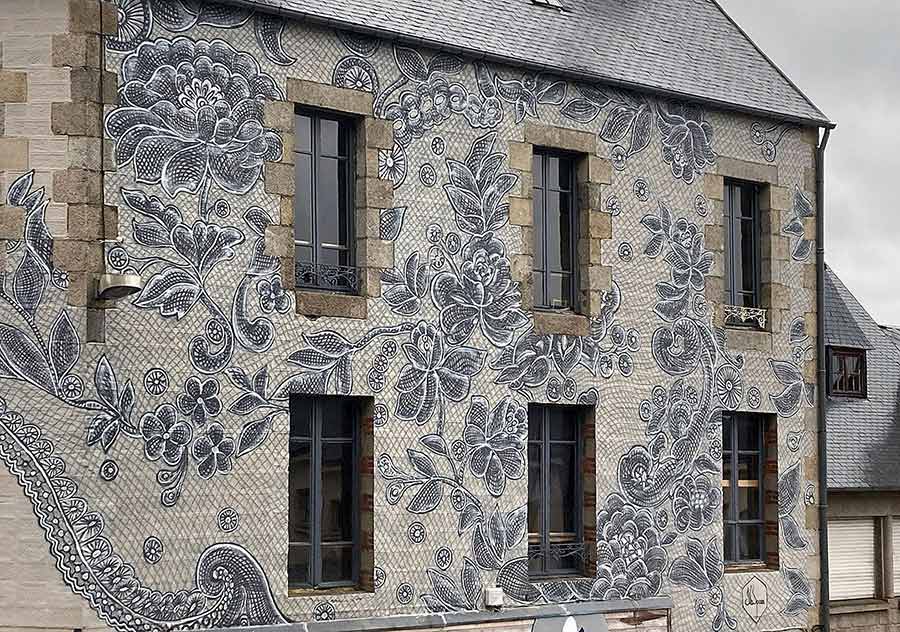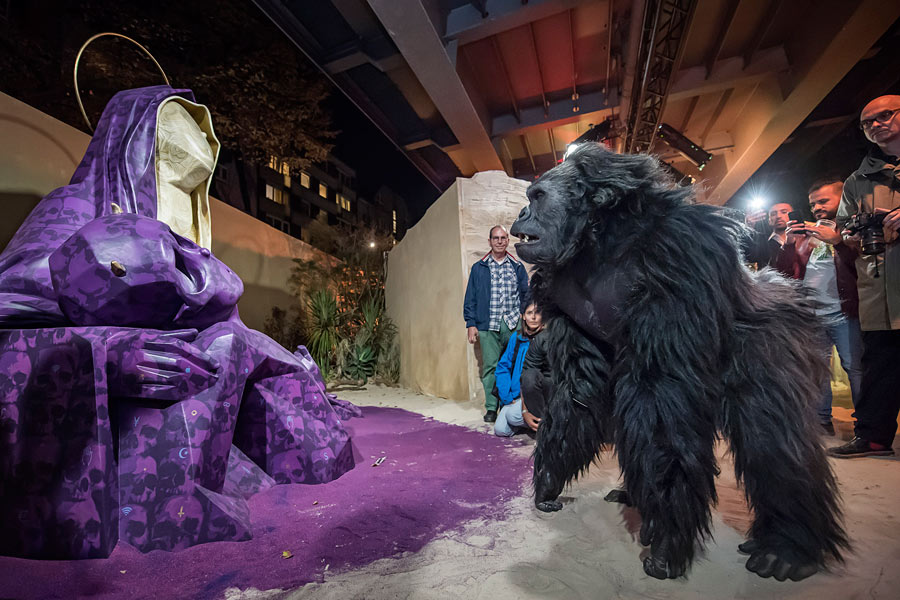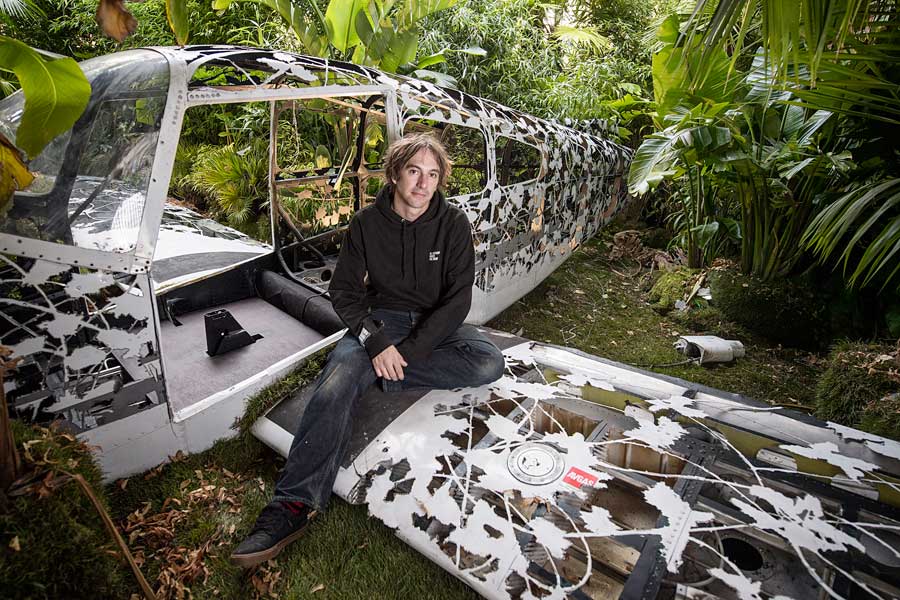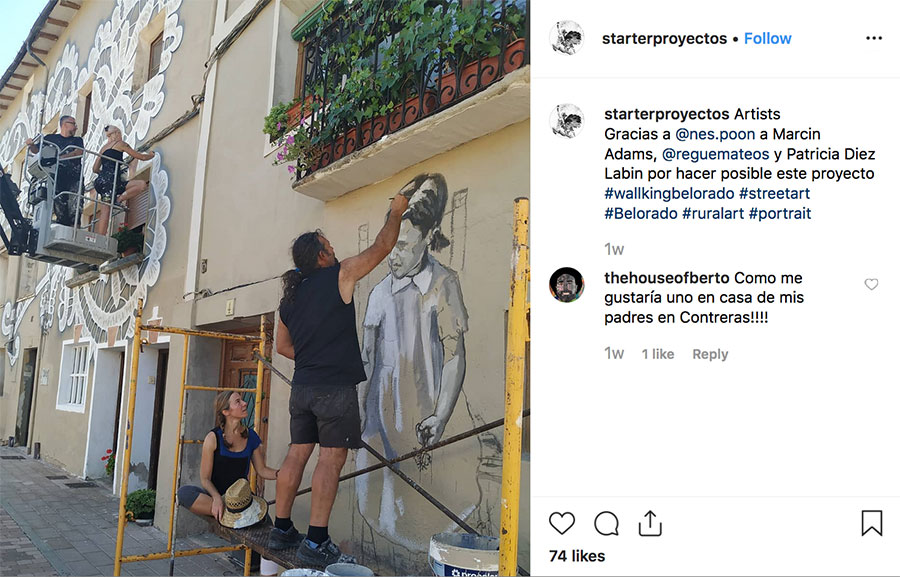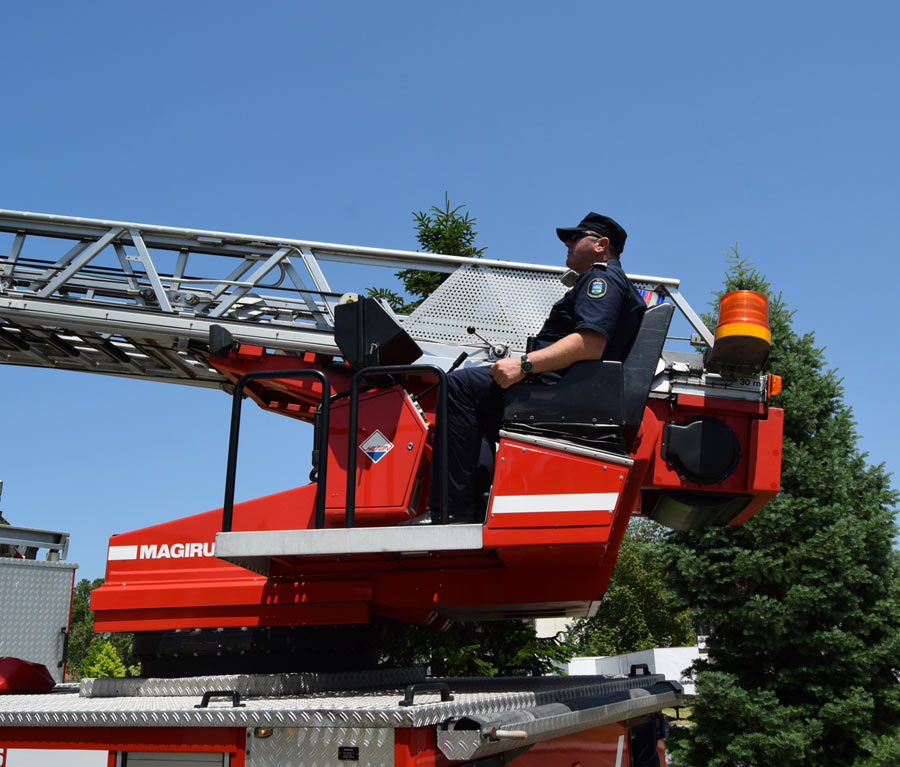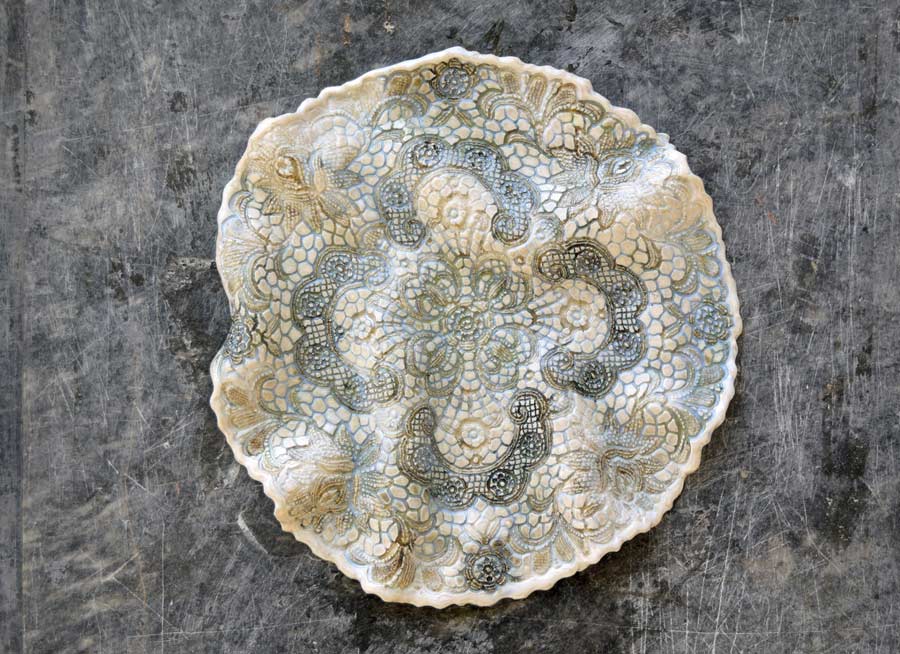As the year comes to a close, we are pleased to present our 14th curated list of books—a reflection of our ongoing commitment to building a world-class library in Berlin. As co-founders of the Martha Cooper Library, our mission is to develop and maintain one of the most comprehensive collections dedicated to art books, photography archives, urban culture studies, street art monographs, graffiti history, and public art anthologies. These works serve as a vital resource for researchers, practitioners, and enthusiasts who engage deeply with these fields.
Looking ahead to 2025, we are thrilled to announce the inaugural Martha Cooper Scholarship, which will launch next year in collaboration with Urban Nation Museum, the Martha Cooper Library, and Martha herself. This scholarship will support outstanding achievements in photography, underscoring her and our dedication to fostering new generations of talent and scholarship in visual culture.
Numerous publications explore street art, graffiti, and related practices each year, adding valuable perspectives and insights to the field. While our focus for this year’s list includes some recent releases, we’ve also highlighted significant works from previous years that help us put today in a better context. We invite your suggestions for books you’d like to see featured or added to the Martha Cooper Library collection and featured here. Your recommendations are invaluable as we continue to expand and diversify our offerings.
Below is our selected shortlist – books that make meaningful additions to any library and thoughtful gifts for family, friends, or even yourself. We hope you enjoy them as much as we have.
Bartek Świątecki / Stare Kawkowo

From BSA:
Bartek Świątecki, aka Penner, has a style that is a confidently defined blend of bold colors, geometric shapes, and abstract forms harmoniously intertwined. It’s a graphical minimalism that speaks volumes, with straight lines and pure colors forming complex, geometrical clusters. This unique visual language demonstrates his mastery of blending traditional graffiti with modern abstraction and reflects a deep engagement with high art and youth culture. His murals and canvas works, often large-scale, are known for their dynamic and vibrant nature, inviting viewers into a world where street art and fine art converge.
Bartek Świątecki: “The light vibrates under our eyelids”
Books In The MCL: Golden Boy as Anthony Cool: by Herbert Kohl and James Hinton

From BSA:
Herbert Kohl and James Hinton’s “Golden Boy as Anthony Cool,” published in 1972, is a seminal work in the study of urban graffiti and street culture. Not only an academic exploration; it’s a journey into the heart of graffiti as a form of personal expression, rebellion, and cultural identity. Kohl’s insightful essays paired with Hinton’s evocative photographs provide a window into the lives of young people in the urban landscapes of New York City and Los Angeles as they simultaneously boil, wane and flourish in the late 60s and early 70s. These vibrant and vibrating communities are chronicled, whether affluent suburbs or struggling neighborhoods, each appears to brim with stories cryptically told through tags and murals on walls and doors.
“Golden Boy as Anthony Cool. Herbert Khol and James Hinton. 1972. MCL Library, Urban Nation Berlin.
Text Steven P. Harrington and Jaime Rojo Photos by Sebastian Kläbsch
Books In The MCL: The Self-Titled “NeSpoon” by NeSpoon.

From BSA:
“NeSpoon,” a monograph on the work of the Polish artist, provides a comprehensive examination of her unique integration of lace patterns into urban and natural landscapes. The book, limited to 111 copies, each spanning over 420 pages, showcases the artist’s extensive portfolio and delves into the anthropology, cultural, and historical significance underlying her chosen medium.
“Why lace? It just came to me. Lace chose me, not the other way around. I’ve never liked lace. Before I started working with it, I thought lace was something old-fashioned, from a grandmother’s dusty apartment. Today it seems to me that each lace harbors harmony, balance and a sense of natural order. Isn’t that just what we are all searching for instinctively?”~ NeSpoon
NeSpoon” by NeSpoon. 2024. MCL Library, Urban Nation Berlin.
Text: Steven P. Harrington and Jaime Rojo, Photos: Sebastian Kläbsch
Books In The MCL: Tokyo Tattoo 1970. Martha Cooper. Stockholm, Dokument Press.

From BSA:
In “Tokyo Tattoo 1970,” photographer Martha Cooper, well-known for her definitive work on New York City’s graffiti scene, applies her ethnographic skills to document traditional Japanese tattooing. This book provides a clear and respectful portrayal of a secretive and highly specialized art form, preserved in black-and-white film photography. Through Cooper’s lens, readers gain access to the traditional techniques and cultural narratives embedded in Japanese tattoo art, offering insights into an art form that was largely inaccessible during the early 1970s.
Books In The MCL: Tokyo Tattoo 1970. Martha Cooper
Text: Steven P. Harrington and Jaime Rojo Fotos: Sebastian Kläbsch
Books In The MCL: Performing Feminism in the Hip Hop Diaspora. Jessica Nydia Pabón-Colón.

From BSA:
“Graffiti Grrlz: Performing Feminism in the Hip Hop Diaspora” by Jessica Nydia Pabón-Colón provides an insightful look into the world of women graffiti artists, challenging the perception that graffiti is a male-dominated subculture. This book highlights the contributions of over 100 women graffiti artists from 23 countries, showcasing how they navigate, challenge, and redefine the graffiti landscape.
From the streets of New York to the alleys of São Paulo, Pabón-Colón explores the lives and works of these women, presenting graffiti as a space for the performance of feminism. The book examines how these artists build communities, reshape the traditionally masculine spaces of hip hop, and create networks that lead to the formation of all-girl graffiti crews and painting sessions. This aspect is particularly useful in understanding how digital platforms have broadened the reach and impact of women graffiti artists, facilitating connections and collaborations worldwide.
Graffiti Grrlz: Performing Feminism in the Hip Hop Diaspora. Jessica Nydia Pabón-Colón.
2018
Text: Steven P. Harrington & Jaime Rojo Fotos: Sebastian Kläbsch
ESCIF / “The Foundations of Harmony and Invention”

FROM BSA:
It would be challenging to extricate Escif’s work from the city and its daily routines. The city, with its cacophonous soundtrack created by its inhabitants’ constant movement and the fluidity of their industry and agency, remains central to the artist’s focus and relevance.
For Escif, the city is not just a muse but the bedrock of his artistic inspiration, a canvas, and an outlet for addressing its contradictions and inequalities. In his work, the city is not an abstract subject but a perpetual, tangible, and knowable presence, manifested in myriad encounters, journeys, dreams, observations, and experiences, later reassigned onto paper, canvas, or concrete.
BSA HOT LIST 2023: Books For Your Gift Giving
BSA HOT LIST 2022: Books For Your Gift Giving
BSA HOT LIST 2021: Books For Your Gift Giving
 BROOKLYN STREET ART LOVES YOU MORE EVERY DAY
BROOKLYN STREET ART LOVES YOU MORE EVERY DAY





































